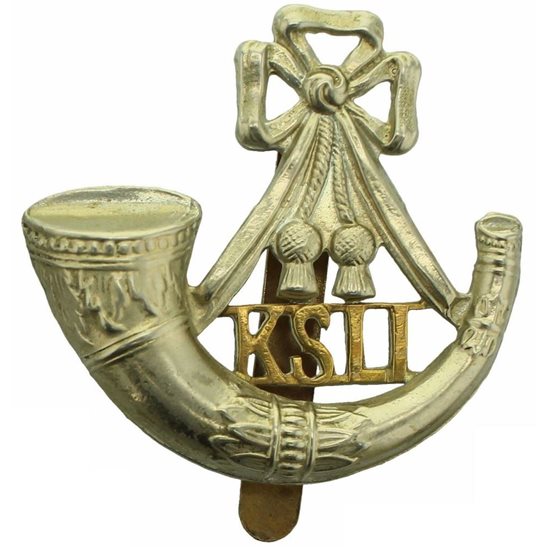Personal Details
Born: 13 September 1898 in Whitchurch, Shropshire.
Family: He was the third of five surviving children born to Herbert Dawson, a cycle agent and private hotel keeper, and his wife Agnes Maud. He married Gladys Smith in 1924 in the Wem registration district of Shropshire. The couple had two children, Margaret H and John M.
Residence: In 1901 John was living with his parents and siblings at 18 Station Road, Whitchurch. Ten years later the family had moved to 16 Station Road. By 1939, married and with two children, his address was Moss View, Ash Road, near Whitchurch.
Employment: In 1939 John was a dairy farmer, this continued to be his occupation until his retirement.
Died: 1995 in Shrewsbury, Shropshire, aged 96.
Military Details
Regiment: King`s Shropshire Light Infantry (previously Shropshire Yeomanry)
Rank: Private
Service Number: 26608 (previously 2050)
Date of Enlistment: 7 October 1914
Date of Discharge: 8 June 1917, moved to Class P
Reason for Discharge: Wounded
Other Information: His brothers, Joseph William and Herbert Arthur, also fought in WW1. Herbert was killed in action in Belgium on 10 November 1917 and is commemorated on the Whitchurch War Memorial.
Albert was awarded the Campaign Medals (Victory and British War Medals) and Silver War Badge (number 205379)

The British War Medal (also known as 'Squeak') was a silver or bronze medal awarded to officers and men of the British and Imperial Forces who either entered a theatre of war or entered service overseas between 5th August 1914 and 11th November 1918 inclusive. This was later extended to services in Russia, Siberia and some other areas in 1919 and 1920. Approximately 6.5 million British War Medals were issued. Approximately 6.4 million of these were the silver versions of this medal. Around 110,000 of a bronze version were issued mainly to Chinese, Maltese and Indian Labour Corps. The front (obv or obverse) of the medal depicts the head of George V. The recipient's service number, rank, name and unit was impressed on the rim.
The Allied Victory Medal (also known as 'Wilfred') was issued by each of the allies. It was decided that each of the allies should each issue their own bronze victory medal with a similar design, similar equivalent wording and identical ribbon. The British medal was designed by W. McMillan. The front depicts a winged classical figure representing victory. Approximately 5.7 million victory medals were issued. Interestingly, eligibility for this medal was more restrictive and not everyone who received the British War Medal ('Squeak') also received the Victory Medal ('Wilfred'). However, in general, all recipients of 'Wilfred' also received 'Squeak' and all recipients of The 1914 Star or The 1914/1915 Star (also known as 'Pip') also received both 'Squeak' and 'Wilfred'. The recipient's service number, rank, name and unit was impressed on the rim.

The Silver War Badge was issued in the United Kingdom and the British Empire to service personnel who had been honourably discharged due to wounds or sickness from military service in World War I. The badge, sometimes known as the "Discharge Badge", the "Wound Badge" or "Services Rendered Badge", was first issued in September 1916, along with an official certificate of entitlement.

